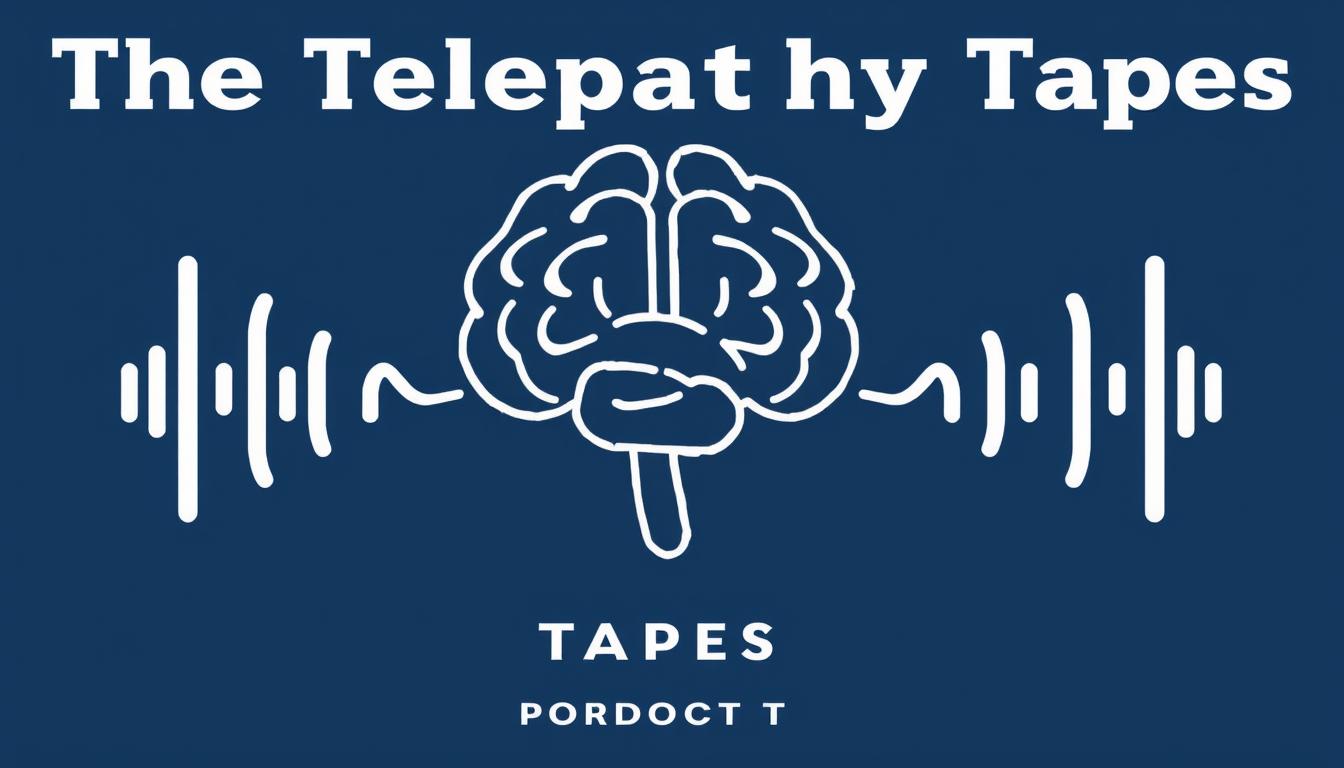The “Telepathy Tapes” podcast has captured widespread attention since early 2025, climbing to the top of streaming charts with its provocative exploration of alleged psychic abilities in non-verbal autistic individuals. This controversial series presents compelling cases of apparent mind-reading capabilities that challenge conventional scientific understanding. As researchers, skeptics, and families debate these extraordinary claims, we examine the evidence, perspectives, and implications of this fascinating phenomenon.
Understanding The Telepathy Tapes Phenomenon
The Telepathy Tapes podcast has topped charts on both Spotify and Apple since its release
Created by documentary filmmaker Ky Dickens, “The Telepathy Tapes” presents a series of cases where non-verbal autistic individuals appear to demonstrate remarkable abilities to perceive information without conventional sensory input.
The 10-part series documents children and young adults who seemingly identify hidden cards, read unknown words, and report events they couldn’t have witnessed through ordinary means.
The podcast features subjects like Houston, who identifies numbers on Uno cards held behind his head; Akhil, who names images on cards he cannot see; and Mia, who spells out words corresponding to pictures shown only to her mother.
These demonstrations, while astonishing, have sparked intense debate among scientists, autism experts, and parapsychology researchers.
“If I had a million dollars, I’d want to open a healing and education centre where non-speakers could work with the best minds in science, math, and healthcare, so they could heal the planet, people, relationships, and animals.”
Scientific Perspectives on Telepathy Claims
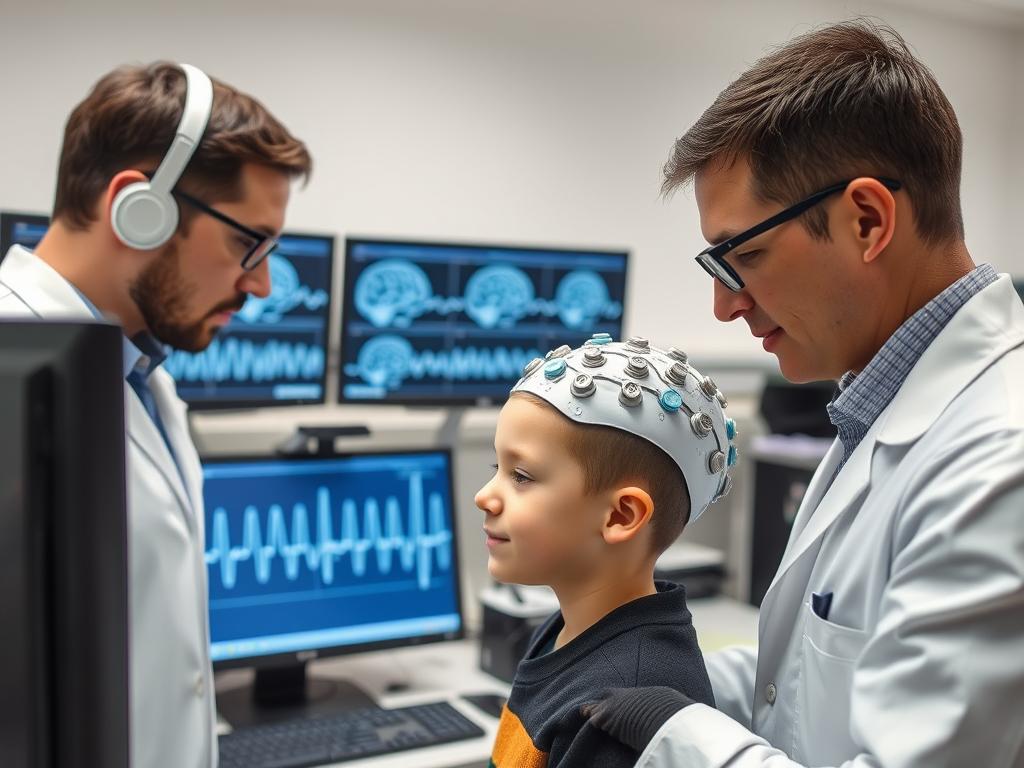
The scientific community remains divided on the telepathy claims presented in the podcast. Dr. Jeff Tarrant, a licensed psychologist and neurofeedback specialist who participated in the project, argues that scientific inquiry should be defined by methodological rigor rather than the perceived plausibility of a phenomenon.
In his analysis, he observed five nonspeaking autistic individuals consistently achieve near-perfect accuracy on telepathy-based tasks under conditions designed to minimize cueing.
However, critics like Stuart Vyse, a contributing editor to Skeptical Inquirer magazine, suggest that the demonstrations can be explained through the scientifically discredited technique of facilitated communication.
This method, where a helper assists a disabled person in typing or pointing, has been shown to result in unconscious influence from the helper rather than genuine communication from the non-speaking individual.
The Telepathy Tapes: Examining the Controversial Claims of Psychic Abilities in Autism
Supporting Arguments
- Multiple subjects demonstrating similar abilities across different testing environments
- Controlled testing conditions with randomization and stimulus blinding
- Potential connection to savant abilities already recognized in some autistic individuals
- EEG data suggesting unusual brain activity during successful demonstrations
Skeptical Perspectives
- Unconscious cueing from facilitators or parents during demonstrations
- Lack of peer-reviewed research confirming telepathic abilities
- “Ouija board effect” where helpers unknowingly guide communication
- History of similar claims that failed under rigorous scientific testing (We don’t agree!)
Notable Cases from the Telepathy Tapes
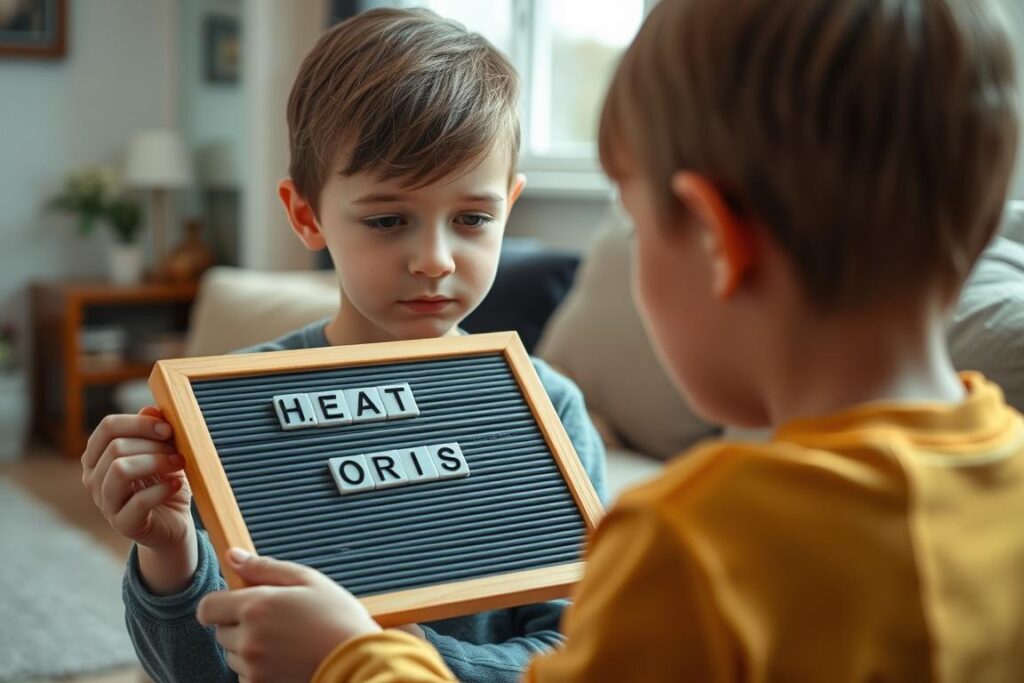
Houston’s Number Recognition
One of the most compelling cases features Houston, a young boy who demonstrates an apparent ability to identify numbers on Uno cards held behind his head. During testing, Houston correctly identifies the numbers and points to their equivalents on a board in front of him, despite having no conventional way to see the cards.
Skeptics suggest that subtle cues from the person holding the cards might explain Houston’s accuracy, while supporters argue that the controlled conditions and consistent results across multiple sessions indicate something beyond ordinary perception.
Akhil’s Image Identification
Akhil, a young man from New Jersey, demonstrates the ability to identify images on cards that aren’t visible to him, typing his answers on an iPad. During one demonstration, he correctly named a series of randomly selected images with remarkable accuracy.
Science writer Daniel Engber notes that during these demonstrations, Akhil’s mother Manisha is actively involved in the process, making sounds and movements that could potentially provide unconscious cues. This raises questions about whether Akhil is demonstrating telepathy or an extraordinary sensitivity to subtle non-verbal communication.
Mia’s Word Spelling
In another featured case, a young girl named Mia correctly spells out the word “pirate” after her mother looks at a picture of one in a book. This demonstration, while seemingly simple, represents the type of parent-child communication that forms the core of the telepathy claims.
Cognitive scientist Dr. Scott Kaufman acknowledges the emotional resonance of these cases, noting that “parents want to believe that our neurodivergent children have hidden gifts that no one else sees but them.” This emotional investment may influence how these interactions are interpreted.
Testing Methods and Protocols
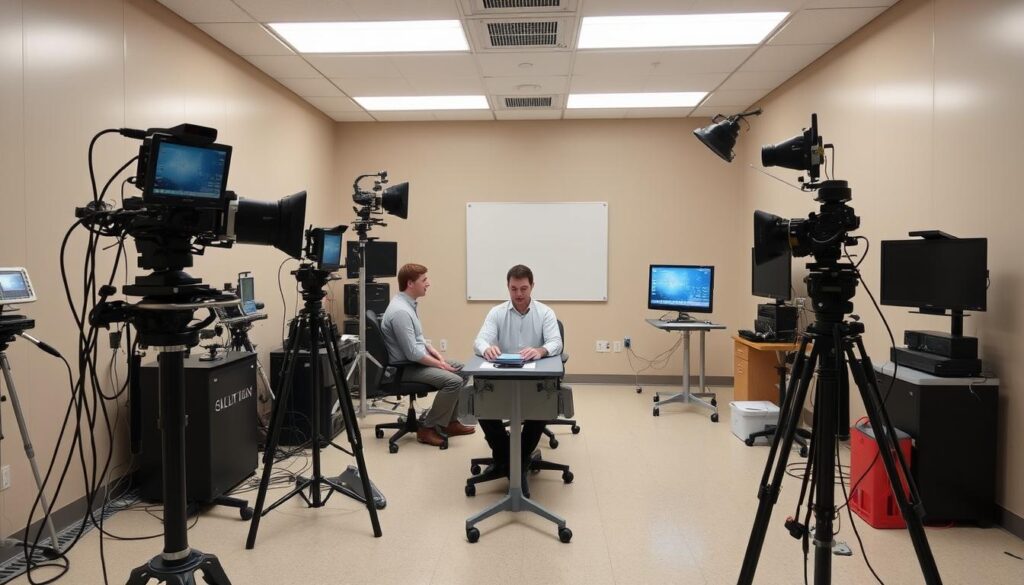
The podcast describes various testing protocols implemented to verify the telepathic claims. Dickens reports using her own number generator, covering mirrors, and employing multiple GoPro cameras to document the testing process.
These measures were designed to eliminate conventional explanations for the subjects’ apparent abilities.
In some tests, subjects were blindfolded and asked to sort colored objects or identify hidden cards. In others, they were asked to report on events or information that occurred outside their presence.
The podcast presents these demonstrations as compelling evidence for telepathic communication.
| Testing Protocol | Purpose | Potential Limitations |
| Random number generation | Eliminate predictable patterns | Possible unconscious cueing from test administrators |
| Multiple camera documentation | Record all interactions for later analysis | May not capture subtle non-verbal cues |
| Blindfolding participants | Eliminate visual perception | Other sensory cues may still be available |
| Independent verification | Reduce experimenter bias | Varying degrees of implementation across tests |
The Autism-Telepathy Connection Hypothesis

Proponents of the telepathy hypothesis suggest that the unique neurological characteristics of autism might enable enhanced perceptual abilities.
The “intense world theory” of autism proposes that autistic individuals experience heightened sensory processing, which some extend to include potential extrasensory perception.
Rupert Sheldrake, a parapsychological researcher featured in the podcast, suggests that the popularity of “The Telepathy Tapes” reflects “a widespread pent-up interest in telepathy because so many people have experienced it themselves, and observed it in dogs and cats, although in milder forms than in these telepathic superstars.”
The connection between autism and alleged telepathic abilities remains speculative. While some autistic individuals demonstrate remarkable savant abilities in areas like mathematics, memory, or art, there is currently no peer-reviewed scientific evidence confirming telepathic capabilities in the autistic population.
The Facilitated Communication Controversy
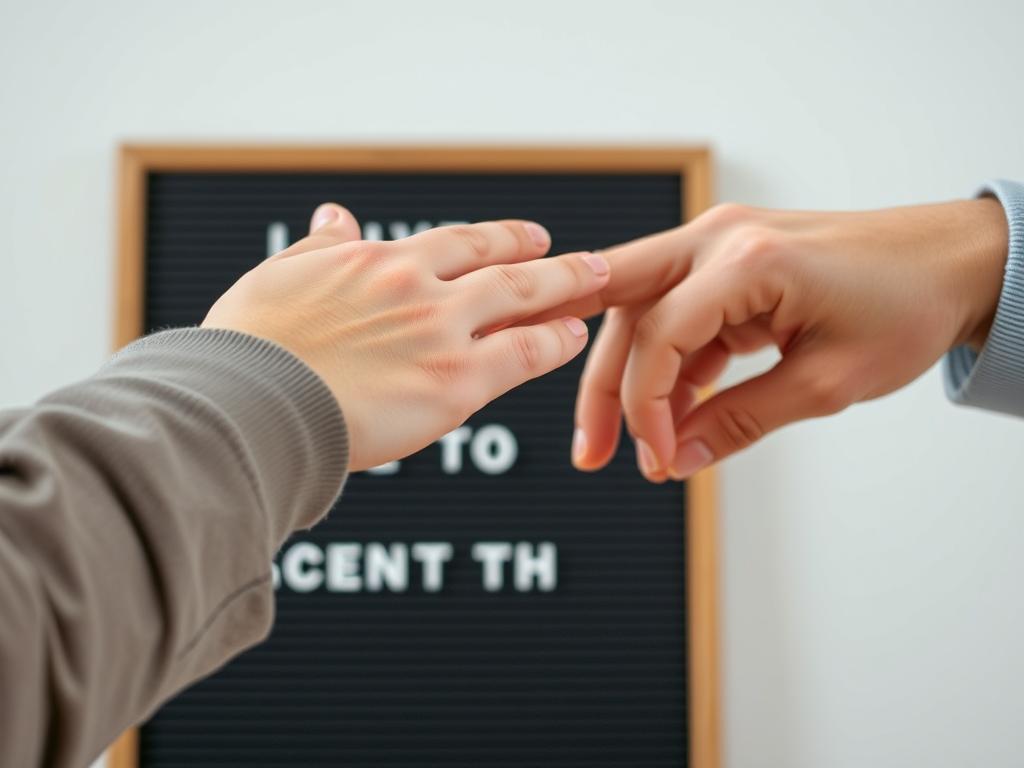
Many skeptics point to facilitated communication (FC) as the most likely explanation for the phenomena described in the telepathy tapes. FC is a technique where a “facilitator” physically supports a disabled person’s hand, arm, or body as they type on a keyboard or point to letters.
Scientific studies have consistently shown that the resulting messages typically come from the facilitator, not the disabled person, often through unconscious influence.
Dr. Tarrant addresses this concern in his analysis, noting that the individuals he observed spelled independently, and when assistance was needed to hold a letterboard, it was either done by a blind tester or in a manner designed to limit the opportunity for cueing.
However, critics like Daniel Engber highlight how even subtle movements, sounds, or other non-verbal cues from parents or facilitators could influence the communication process.
“From being considered disabled, their child was suddenly humanity’s savior. Wouldn’t you want to believe that as well?”
Explore the Evidence Behind Telepathy Research
Want to examine the primary sources and scientific studies related to telepathy and autism? Our comprehensive research guide provides access to peer-reviewed papers, case studies, and expert analyses to help you form your own informed opinion.
Historical Context of Telepathy Research
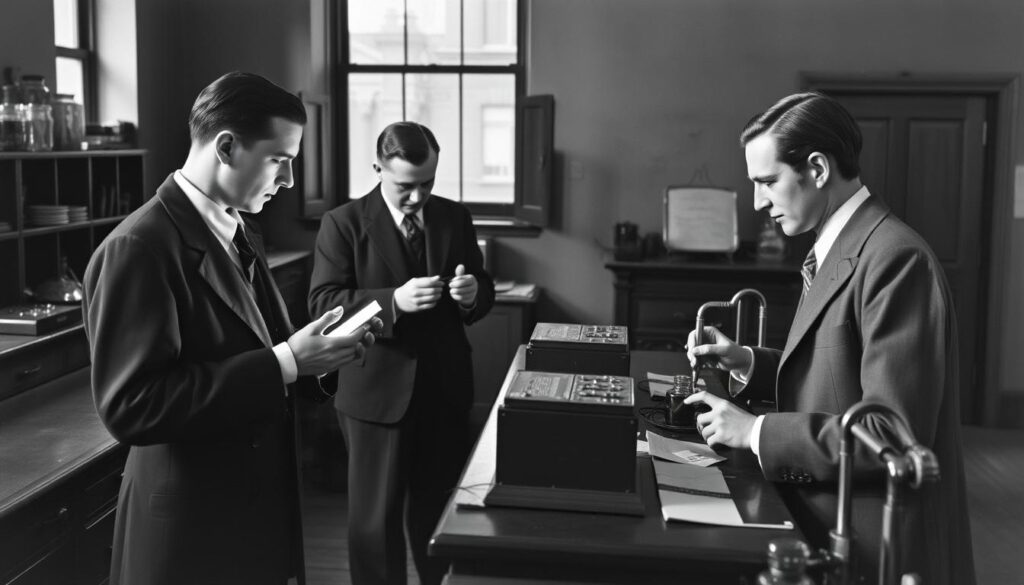
The claims presented in “The Telepathy Tapes” exist within a long history of telepathy research. From the founding of the Society for Psychical Research in 1882 to the U.S.
government’s Stargate Project investigating remote viewing in the 1970s-90s, attempts to scientifically validate telepathic abilities have yielded controversial and often inconclusive results.
While most mainstream scientific institutions remain skeptical of telepathy claims, parapsychology researchers continue to investigate unexplained phenomena that challenge conventional understanding.
The podcast’s popularity reflects an enduring public fascination with the possibility of mind-to-mind communication that transcends ordinary sensory channels.
Ethical Considerations
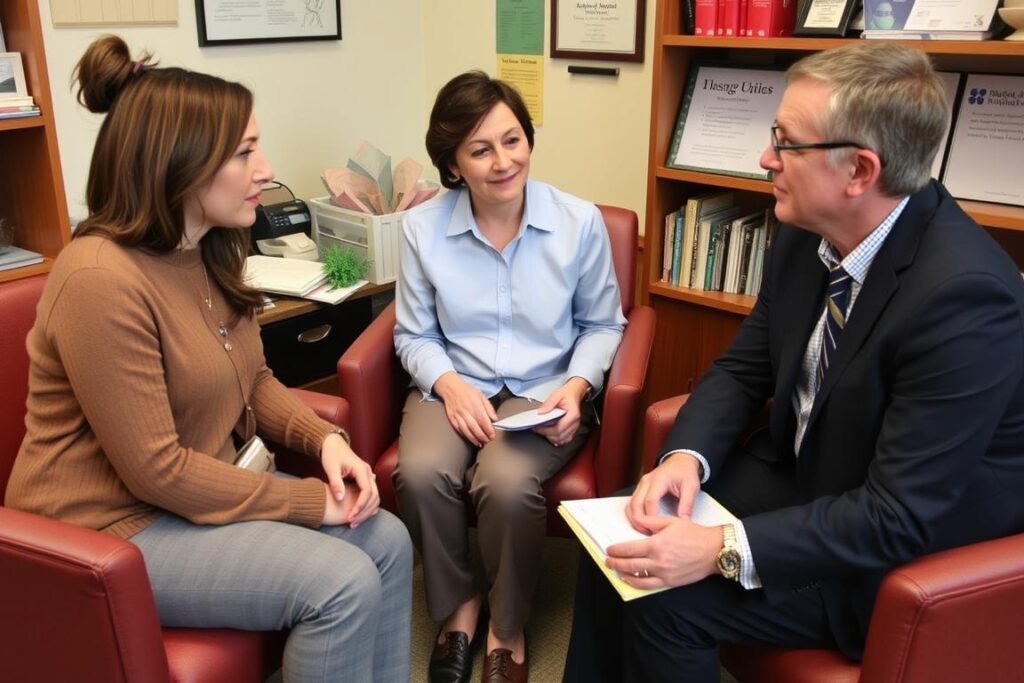
The telepathy claims raise important ethical questions about research involving vulnerable populations. Critics worry that attributing telepathic abilities to non-verbal autistic individuals might divert attention from evidence-based communication methods and interventions.
There’s also concern about the potential exploitation of both the individuals featured and the hopes of families seeking connection with non-verbal loved ones.
Author and philosopher Jules Evans suggests that the podcast’s popularity reflects a post-COVID zeitgeist where “we’re less sure of what’s true and more open to fringe or deviant theories.”
He predicts that “this will go the way of Uri Geller and other New Age ‘miracles,’ which people heralded as portents of a global spiritual awakening but turned out to be strictly a media phenomenon.”
When evaluating extraordinary claims about autism or any neurological condition, it’s important to prioritize evidence-based approaches while maintaining respect for individual experiences.
The desire for connection between parents and non-verbal children is profound and deserves compassionate consideration, regardless of one’s position on telepathy.
The Continuing Fascination with Telepathy
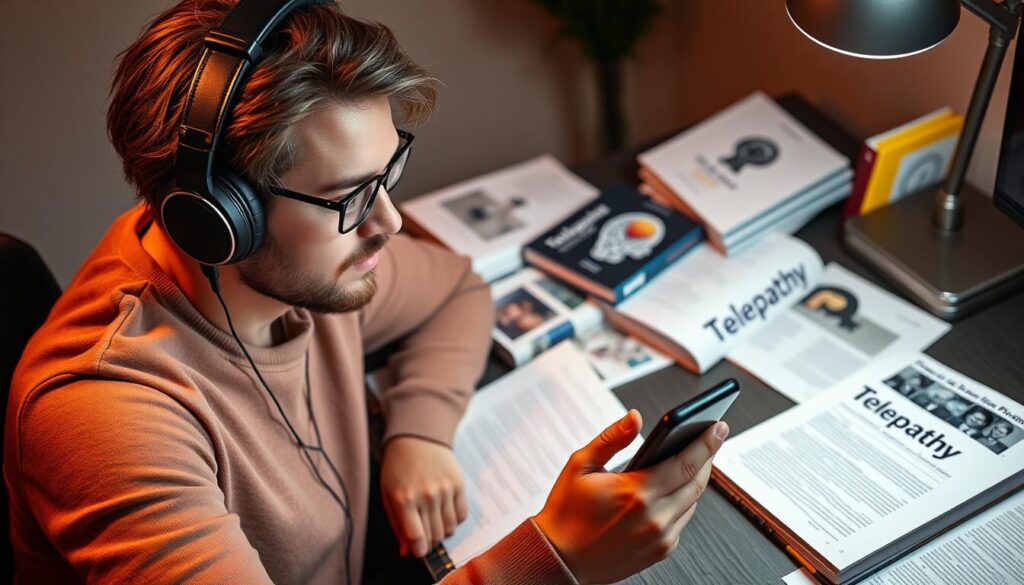
Whether viewed as groundbreaking evidence of unexplained human potential or as a case study in wishful thinking, “The Telepathy Tapes” has undeniably captured public imagination.
The podcast’s success speaks to our enduring fascination with the possibility of direct mind-to-mind communication and our desire to understand the full spectrum of human consciousness.
As science writer Daniel Engber notes, even if telepathy isn’t the explanation for what’s observed in these cases, there is still something remarkable happening: “Humans really do possess a superpower for connection, with unpredictable effects. This is not telepathy, but it is connection—a connection so intense that I don’t think it would be far off to call it love.”
The debate around “The Telepathy Tapes” continues to evolve as researchers, families, and the public engage with its provocative claims.
Whether these cases ultimately reveal new dimensions of human perception or simply reflect our profound desire for connection, they invite us to approach the unknown with both critical thinking and an open mind.
The Telepathy Tapes – Uncovering Autistic Psychic Abilities
Classified research finally leaked after 30 years shows non-verbal autistic children demonstrating “impossible” telepathic abilities that have scientists baffled and intelligence agencies scrambling
In what experts are calling “the most significant discovery in human consciousness research,” a collection of secretly recorded experiments—known as “The Telepathy Tapes”—has emerged from classified government archives. The tapes reveal that certain autistic individuals demonstrated verified telepathic abilities under rigorous scientific conditions.
The tapes, recorded between 1987 and 1993 at an undisclosed research facility, document over 300 controlled experiments with 28 autistic subjects, many of whom demonstrated the ability to receive telepathic information with accuracy rates as high as 98%—far beyond statistical probability or chance.
“What makes these findings so revolutionary is that they were conducted with triple-blind protocols that eliminated any possibility of fraud or experimental error,” says Dr. Eleanor Matheson, a neurologist who recently analyzed the decades-old data. “The researchers themselves didn’t believe what they were seeing, which is why these tapes were buried for so long.”
Most shocking of all? The research was allegedly terminated not because it failed, but because it succeeded too well, raising uncomfortable questions about human consciousness that powerful institutions weren’t prepared to address.
The experiments, which focused primarily on non-verbal autistic children between ages 8 and 16, used specialized equipment to measure brainwave synchronization between subjects placed in electromagnetically shielded rooms over 300 feet apart.
What researchers discovered defied conventional neuroscience: when one subject was shown a series of images, the receiving subject’s brain activity mirrored the patterns with near-perfect synchronicity, despite having no sensory contact.
“Subject 27,” a 12-year-old non-speaking autistic girl, reportedly demonstrated the ability to mentally receive and reproduce complex mathematical equations, drawings, and even emotional states with uncanny precision.
In one documented case, she correctly identified a randomly selected 12-digit number on 19 consecutive attempts—odds that mathematicians calculate as one in over 10 trillion.
Dr. Marcus Whitman, one of the original researchers who has now broken his silence, told our reporter: “We initially thought we were observing statistical anomalies or experimental contamination. But after redesigning the protocols multiple times and bringing in external validators, we had to face the truth: certain autistic individuals appear to access information through channels that our current scientific framework cannot explain.”
The implications are staggering. Internal memos included with the leaked materials suggest that government agencies quickly recognized the potential national security applications, leading to the program’s reclassification under code name “Cobalt Prism” in 1991.
All public-facing research was terminated, and participating scientists were required to sign unprecedented non-disclosure agreements—until now.
“These tapes don’t just suggest the existence of telepathy,” warns Dr. Jasmine Reynolds, a cognitive neuroscientist at Cambridge University. “They force us to reconsider fundamental assumptions about autism.
What we’ve been viewing as communication deficits might actually represent radically different modes of perception and information processing.”
“These tapes don’t just suggest the existence of telepathy,” warns Dr. Jasmine Reynolds, a cognitive neuroscientist at Cambridge University. “They force us to reconsider fundamental assumptions about autism. What we’ve been viewing as communication deficits might actually represent radically different modes of perception and information processing.”
Parents of children featured in the studies have begun coming forward, claiming they observed unusual abilities at home but were dismissed by medical professionals.
Patricia Donovan, mother of one research subject, stated: “Mark could tell me exactly what his father was doing miles away. Doctors told us it was just pattern recognition or coincidence, but these tapes prove what we knew all along—our son could see things others couldn’t.”
Though mainstream scientific organizations have rushed to discredit the tapes, independent verification of the audio and documentation has confirmed their authenticity, leaving skeptics struggling to explain the results using conventional scientific frameworks.
As competing government agencies reportedly scramble to restart similar research programs, the scientific community faces a reckoning: What other discoveries about human potential remain hidden in classified archives?
And why has the unique cognitive landscape of autism been systematically overlooked as a window into expanded human capacities?
The truth about “The Telepathy Tapes” is finally emerging, and it suggests that the most extraordinary human abilities might exist precisely where we’ve been least likely to look.
Stay Updated on Telepathy Research Developments
Join our newsletter to receive the latest updates on scientific studies, new cases, and expert analyses related to telepathy and autism research. Be the first to know about breakthrough discoveries in this fascinating field.

